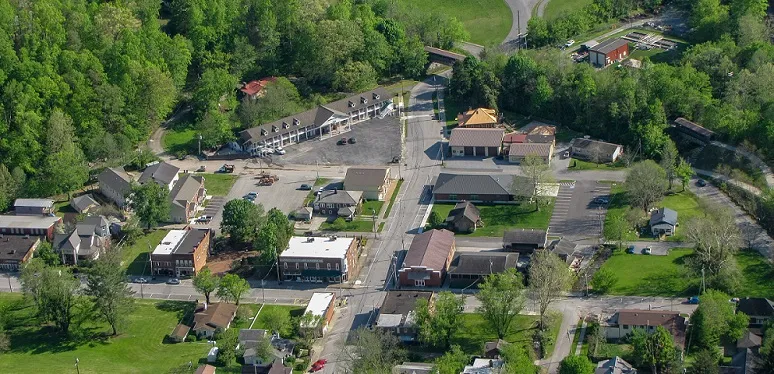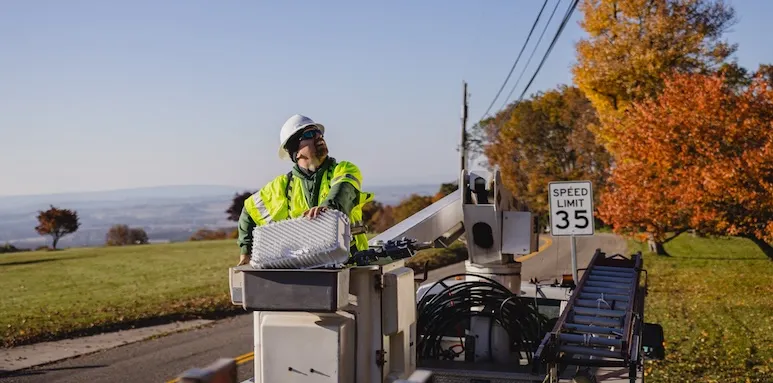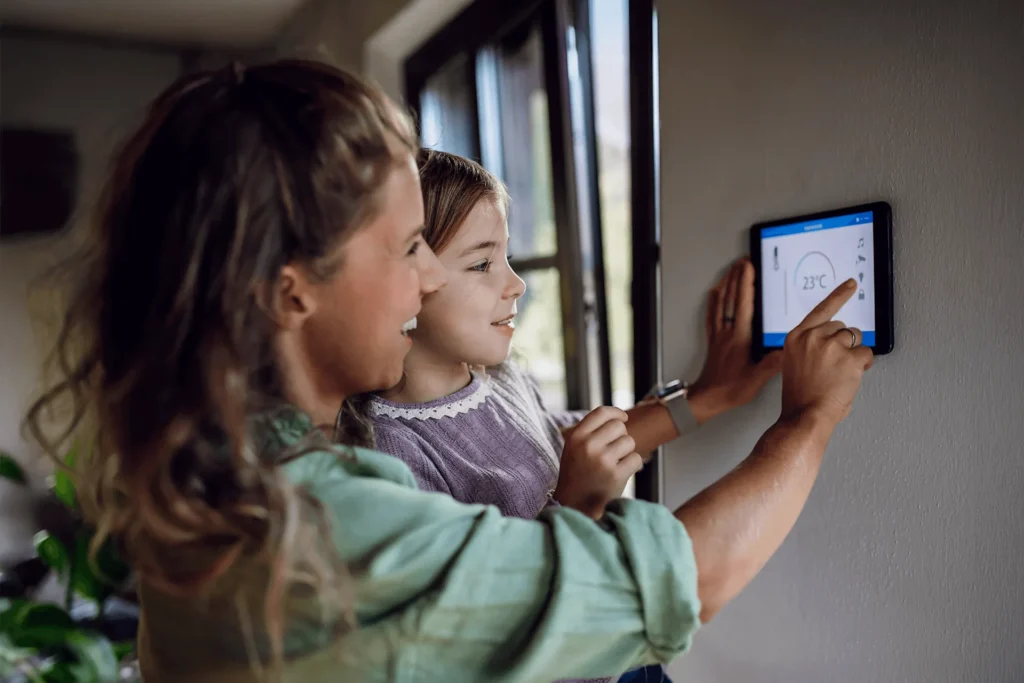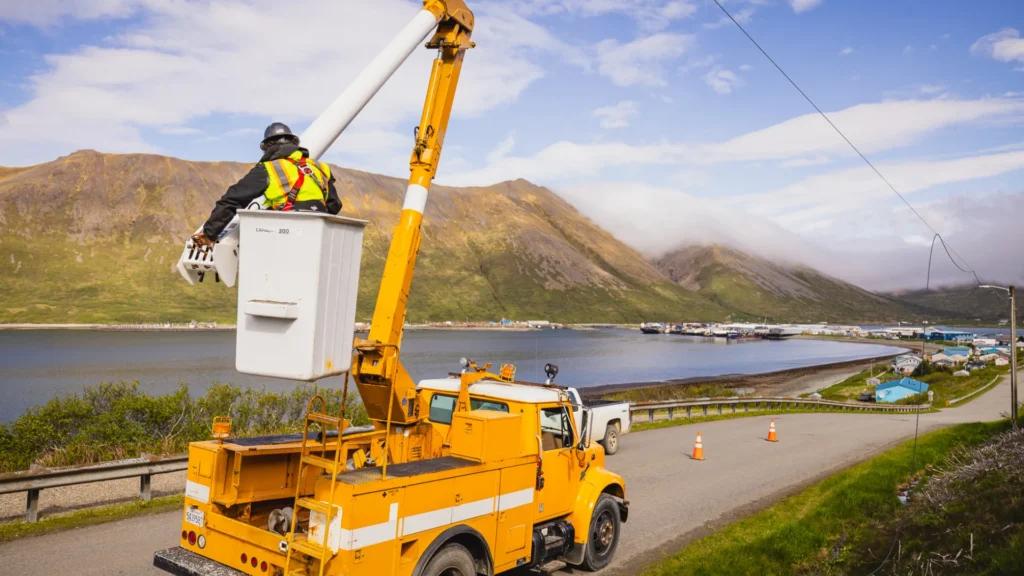Just a few weeks ago, Comcast announced on the 10th anniversary of its successful broadband adoption program, Internet Essentials, that it would invest $1 billion over the next decade towards closing the digital divide. This includes investments towards providing support for its Lift Zones—WiFi-connected safe spaces in 1,000+ community centers nationwide—, new equipment donations, grants for community organizations that help low-income Americans, and continued support for the Internet Essentials program. To top it off, the ISP stated that over the past decade, Internet Essentials has helped to connect 10 million Americans online. This accomplishment speaks volumes to the investment, focus and energy that not just Comcast has put towards closing the digital divide in America, but to what cable ISPs as a whole have been doing and continue to prioritize.
“Ten years is a remarkable milestone, signifying an extraordinary amount of work and collaboration with our incredible community partners across the country,” said Comcast Chief Executive Officer Dave Watson. “Together, we have been able to connect millions of people to the power of the internet at home, and to the endless opportunity, education, growth and discovery it provides. Today, we are rededicating ourselves to this mission to ensure that the next generation of students in America has the tools, resources and abilities they need to succeed in an increasingly digital world.”
In addition to improving broadband adoption over the past two decades, cable ISPs have also poured billions of dollars to expand the reach of their network footprints and to provide access in remote areas where many people lack high-speed internet connectivity service. There are a multitude of initiatives taking place across the country as ISPs invest their own capital as well as partner with local, state or federal governments to bring high-speed broadband to those communities that need it most.
Just this past February, Charter announced a multiyear, multibillion-dollar initiative to deliver gigabit high-speed broadband access to more than one million unserved customer locations, thanks to the FCC’s Rural Digital Opportunity Fund (RDOF). This RDOF award contributes $1.2 billion in support towards Charter’s $5 billion investment to expand its broadband network to mostly rural communities that don’t have access to broadband service of at least 25/3 Mbps.
“The pandemic has further highlighted the need for broadband availability and adoption and Charter is committed to furthering its efforts as part of the comprehensive solution needed to address these challenges,” said Charter Chairman and CEO Tom Rutledge. “As we continue to help provide more Americans with reliable access to the internet ecosystem, our hope is that federal, state and local authorities, other private companies, pole owners and broadband providers will work together and play a pivotal role in expanding networks to unserved areas.”
As well, on the heels of its own awards from RDOF, Midco is continuing to bridge the digital divide across Minnesota and plans to build out to over one thousand homes, farms and businesses. Midco was already expanding its network in counties across Minnesota to reach new homes, but its new partnership with the FCC will accelerate the ongoing work. Midco is also set to utilize CARES Act funding in South Dakota by bringing high-speed broadband to underserved areas in rural counties through its partnership with the Connect SD Broadband program. Construction of this extension of Midco’s network will begin in late spring. Midco also offers fixed wireless in rural areas where a fiber network is just too cost prohibitive to deploy. This solution, which launched in 2018, has helped cover the last mile to those customers who live in terrain covered by wilderness, farmland, granite fields or limestone cliffs.
In addition, Midco provides low-cost options for eligible low-income families in its service area through its broadband adoption programs, including the Federal Lifeline Program, Midco Internet Basics and Midco Internet Basics School Program.
GCI has also devoted significant time and efforts towards building the GCI TERRA network in Alaska, a large-scale infrastructure project that has connected more than 45,000 people and enabled distance learning and telehealth for people who live in remote areas of the state. And in recent developments, the Alaskan ISP is combining its $25 million grant from the USDA’s Rural Utilities Service program with its own $33 million investment to bring fiber to the remote Aleutian Islands in southwest Alaska. GCI will lay 800 miles of fiber undersea over the next two years and connect six remote communities to high-speed internet.
In other efforts towards closing the digital divide, last fall Cox pledged $60 million over the next year to bridge the digital learning gap. This allowed eligible new families to sign up for Connect2Compete—Cox’s broadband adoption program that has connected over 750,000 people since the program’s inception—and receive the internet service for two months free and then pay $9.95 per month thereafter. “It’s not just about getting homework done anymore. It’s about giving our kids the ability to show up and to participate,” said Cox President & CEO Pat Esser.
Cox has made tremendous efforts over the past decade to connect families online, especially those with school-aged children, and to bring digital resources to their fingertips either through the Cox Digital Academy or at the over 100 Cox Technology Centers it hosts across the country, many in after-school programs. The Cox Digital Academy launched four years ago as an extension of Connect2Compete and offers information on cyberbullying, parental controls, media literacy, digital citizenship and more.
Mediacom also uses Connect2Compete to help low-income families and students connect to the internet by making the service affordable and simple to use at home. The ISP participates in “EveryoneOn,” a national non-profit program that partners with national, state and regional organizations to design and implement digital inclusion activities and to foster digital equity. Throughout the pandemic, Mediacom has also partnered with school districts to connect as many students as possible who lacked internet service in their homes.
Notably, Mediacom was also the first ISP in the country to make gigabit services accessible to an entire state. In 2017, the ISP deployed gigabit service to 309 communities in Iowa. Mediacom continues to work through challenges in building out its networks in remote areas in order to bring “small town America” up to speed.
America’s leading ISPs also came together this past year to do their part in helping the nation’s students continue their schooling online. Through the K-12 Bridge to Broadband program, Charter, Comcast, Cox, GCI, Mediacom, Midco, Sjoberg’s and Vyve signed on to work with school districts across their footprints to identify those eligible homes with school-aged students that lacked broadband and to bring them high-speed connectivity at no cost.
There is light at the end of the pandemic tunnel, but global health crisis or not, cable ISPs are and have always been committed to finding ways to connect every American to broadband, no matter their income level or where they live.









